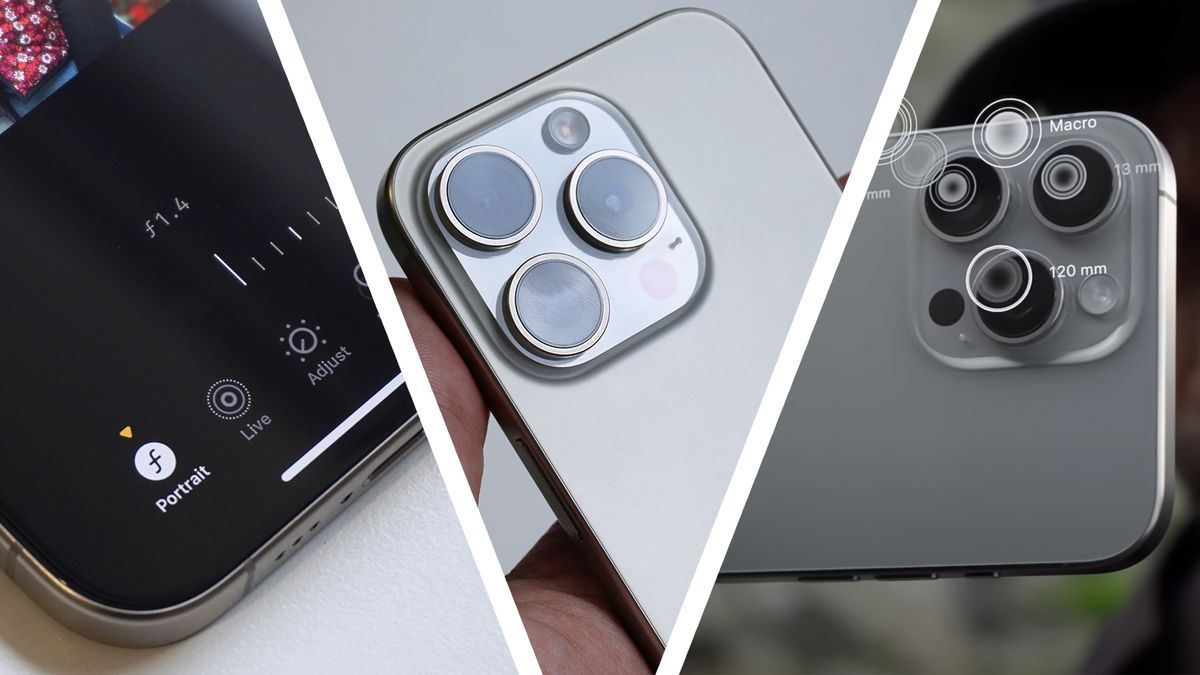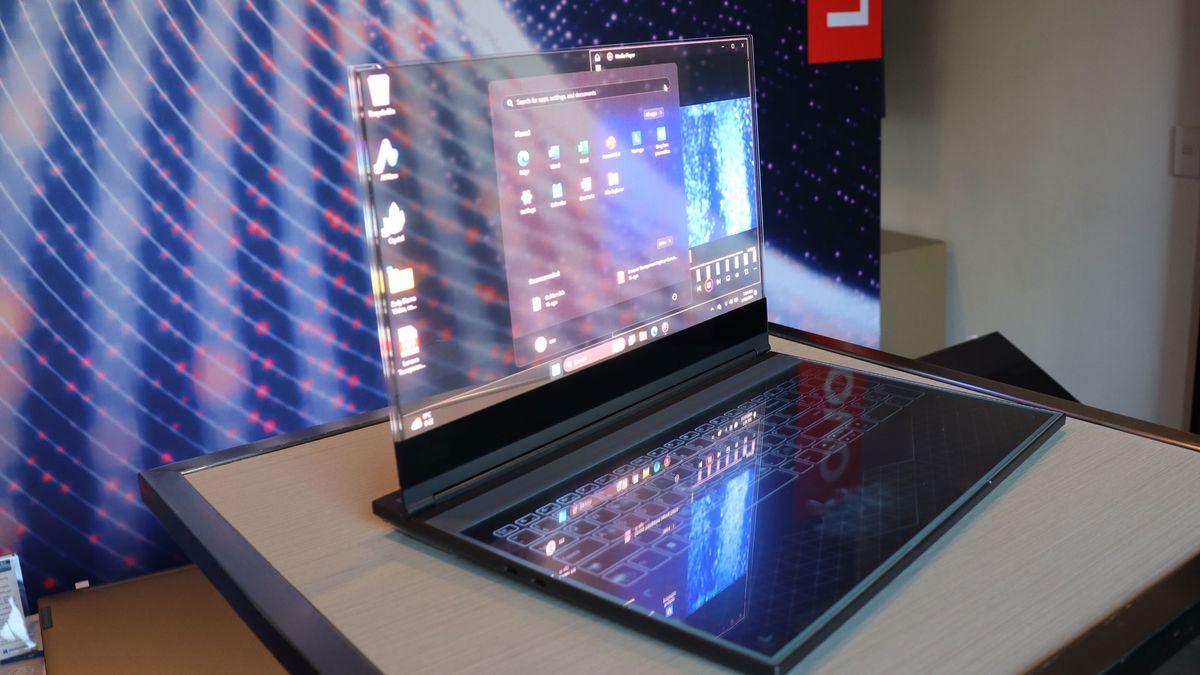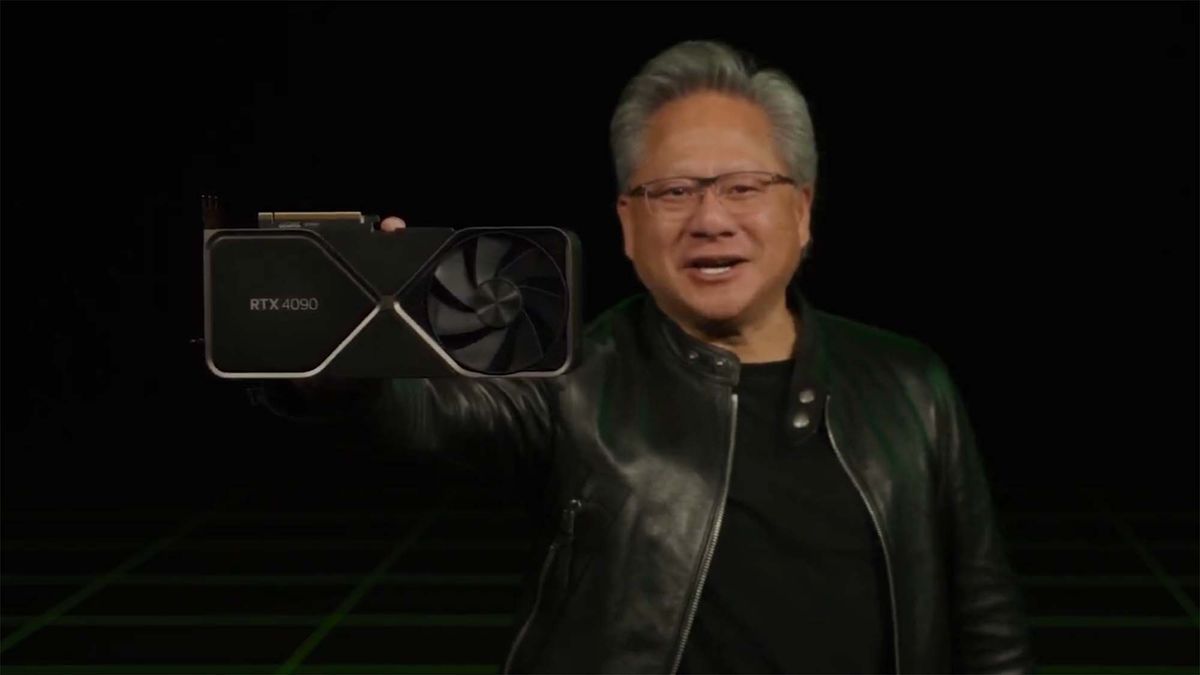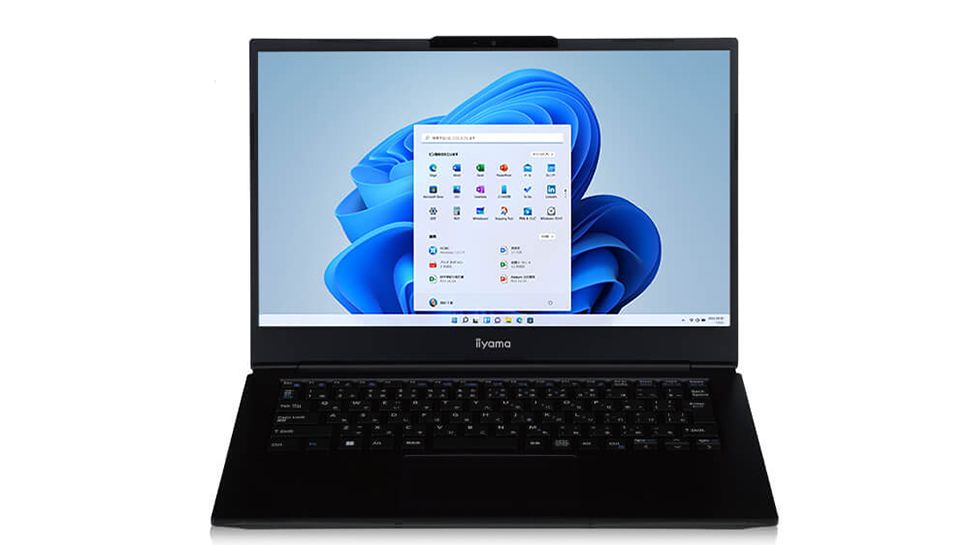Smartphone cameras may have taken a backseat due to the AI hype over the past couple of years, but they're still one of the biggest reasons to upgrade – and as a former camera editor at TechRadar, I'm particularly excited about the iPhone 16 Pro.
Admittedly, some of that enthusiasm may be down to my everyday device being a creaky iPhone 11 Pro that has already achieved classic-car status in smartphone terms. But lately I’ve been feeling the allure of shooting with something more discreet and pocketable than my Fujifilm X-T5, and rather than a Ricoh GR IIIx, it’s the iPhone 16 Pro that’s caught my eye.
We’re still in rumor territory for Apple’s next flagship phone ahead of its September 9 launch. But after following the speculation this year closely, it seems to me that the iPhone 16 Pro could be the ideal pocketable camera to complement my more robust Fujifilm X-series body and lenses.
So why am I finally thinking about upgrading this year, rather than waiting for the iPhone 17 Pro or next year’s rumored iPhone 17 Air? Here are the top five photography reasons I’m preparing to make the jump to the smaller Pro model, according to the latest rumors…
1. Apple's best ultra-wide camera yet
- The rumor: iPhone 16 Pro and Pro Max would have a 48 MP ultra-wide camera
If the rumors are true, this could be the most useful iPhone 16 Pro camera upgrade for me. According to respected tech analyst Jeff Pu, Apple plans to add a new 48MP ultra-wide camera to both of its iPhone 16 Pro models, and won't keep it exclusive to the Pro Max.
That would be a big deal. The iPhone’s ultra-wide camera has traditionally been its weakest point. My iPhone 11 Pro came with Apple’s first ultra-wide camera, and it’s distinctly average, thanks to its slow f/2.4 aperture and fixed-focus lens. It’s certainly improved over recent generations, but the iPhone 15 Pro still only has a 12MP sensor and an f/2.2 aperture.
The benefit of a new 48MP sensor would be that the iPhone 16 Pro’s ultra-wide could use the same pixel-binning technique as its main camera to improve image quality in difficult lighting conditions. If it can produce 24MP files (created from a combination of a 12MP and a 48MP image) with anything like the quality I’ve seen from the iPhone 15 Pro’s main camera, the ultra-wide would become a much more useful option.
2. A mature 5x telephoto camera
- The rumor: The iPhone 16 Pro will inherit the 5x telephoto camera from the 15 Pro Max
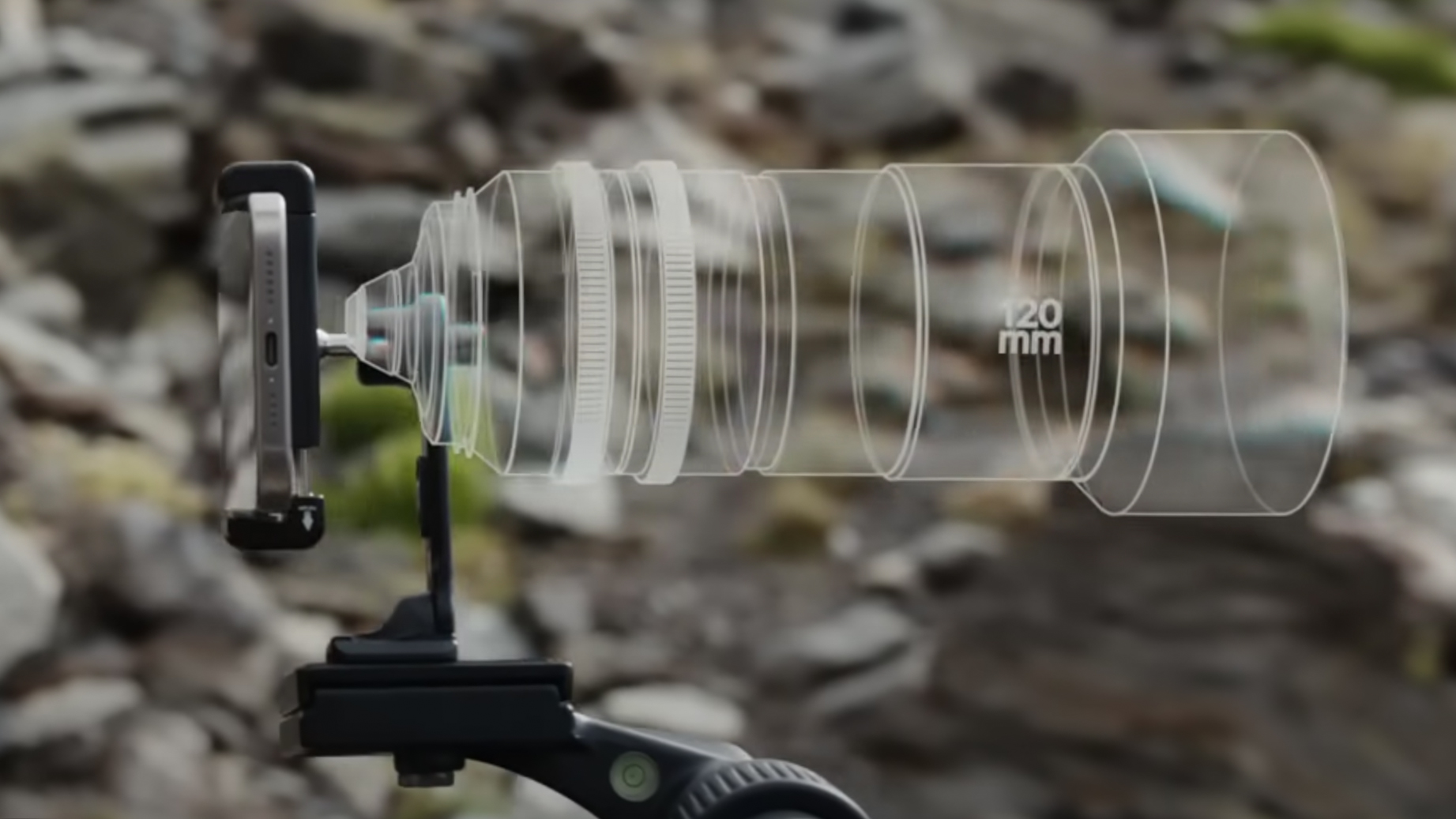
Last year, I decided to resist the temptation of the iPhone 15 Pro Max's new 5x telephoto lens in order to adhere to my golden Apple rule: always wait for any new feature to reach second-generation maturity.
Okay, it was also because I didn’t want to lug around a 6.7-inch smartphone, which was my only option since Apple made its tetraprism technology exclusive to the Max model. That wasn’t the case this year, according to the latest iPhone 16 Pro camera rumors: the 6.3-inch iPhone 16 Pro will likely have the same 120mm-equivalent camera as its bigger brother.
I don’t think having a 120mm camera is necessarily better than a 72mm equivalent, which is what the iPhone 15 Pro offers. In fact, flipping through my Lightroom catalog, I mostly shoot in the 35mm to 70mm range with my Fujifilm X-T5. But then again, I use my phone for different types of shots, and the flexibility of being able to switch from a 14mm to a refined 120mm telephoto lens, all on my phone, is very appealing.
Apple’s impressive image stabilization and processing managed to produce solid, sharp results from the iPhone 15 Pro Max’s 5x telephoto camera, and after a year of software improvements, I’m hoping it’s improved again this year.
3. The rumored capture button
- The Rumor: Apple to Introduce New Capture Button Across iPhone 16 Series
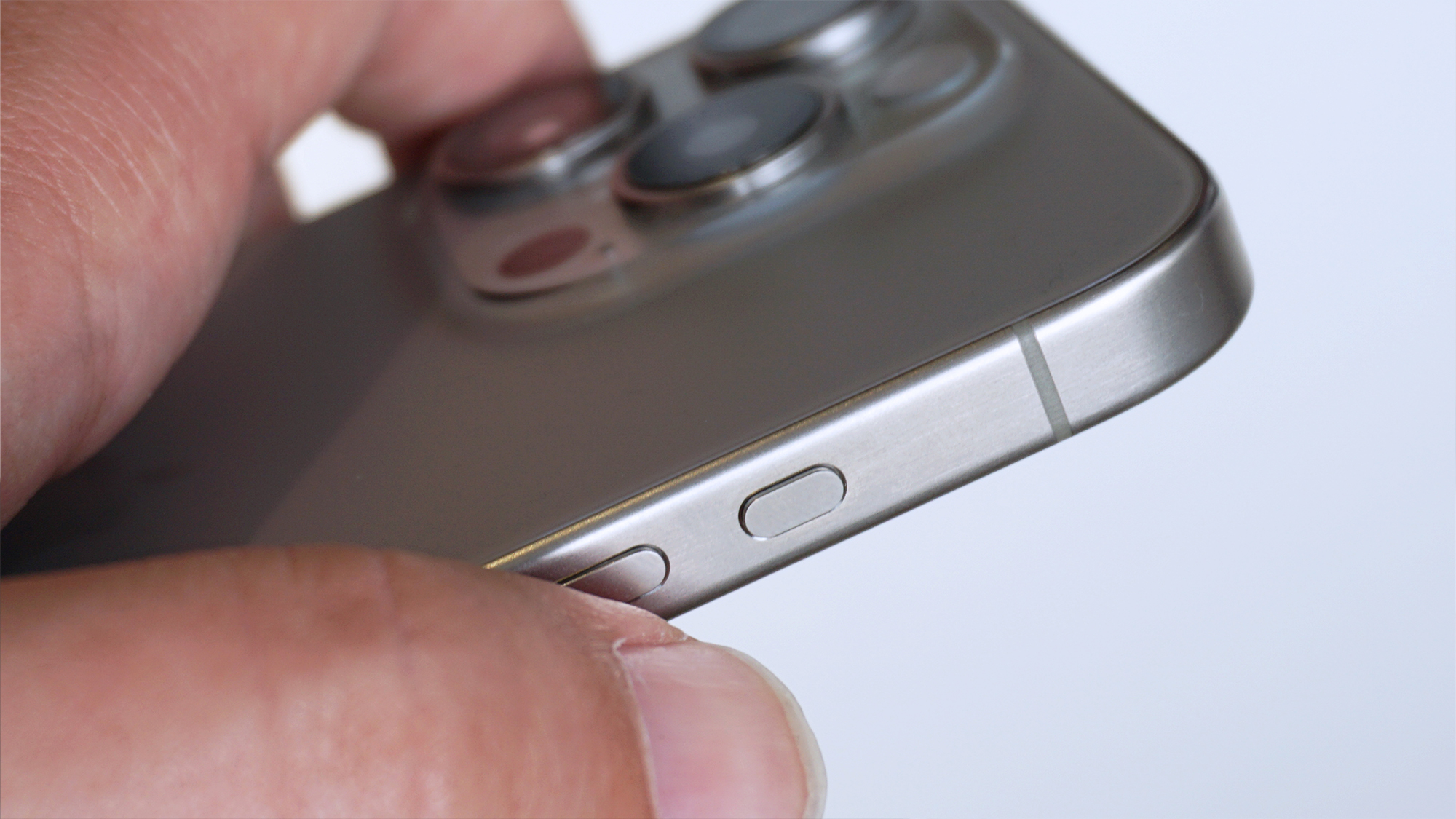
One of my biggest issues with smartphone cameras is their ergonomics – they just aren’t as fun to use as the best mirrorless cameras. While this can be improved to a certain extent with cases like the Shiftcam ProGrip, recent rumors suggest that Apple is also planning to introduce a more camera-like experience across the iPhone 16 series with a new capture button.
There are conflicting reports about whether this new button will be capacitive or mechanical, but all agree that it will be geared toward taking photos and videos with a two-step action that lets you first lock focus and exposure, then snap a photo. A report from The Information in January suggested that you'll also be able to slide your finger across the surface of this button to zoom in and out.
In other words, Apple could make the iPhone 16 series more like the best compact cameras, just with a lot more computing power. As we've seen with the Action button, which can also become the camera's shutter, this could make a real difference for genres like street photography that rely on speed.
Physical shutter buttons, the return of horizontal shooting: subscribe me.
4. Future-proof AI photography
- The rumor: iPhone 16 Pro and Pro Max will receive the new A18 Pro chip for Apple Intelligence features and graphics-intensive apps
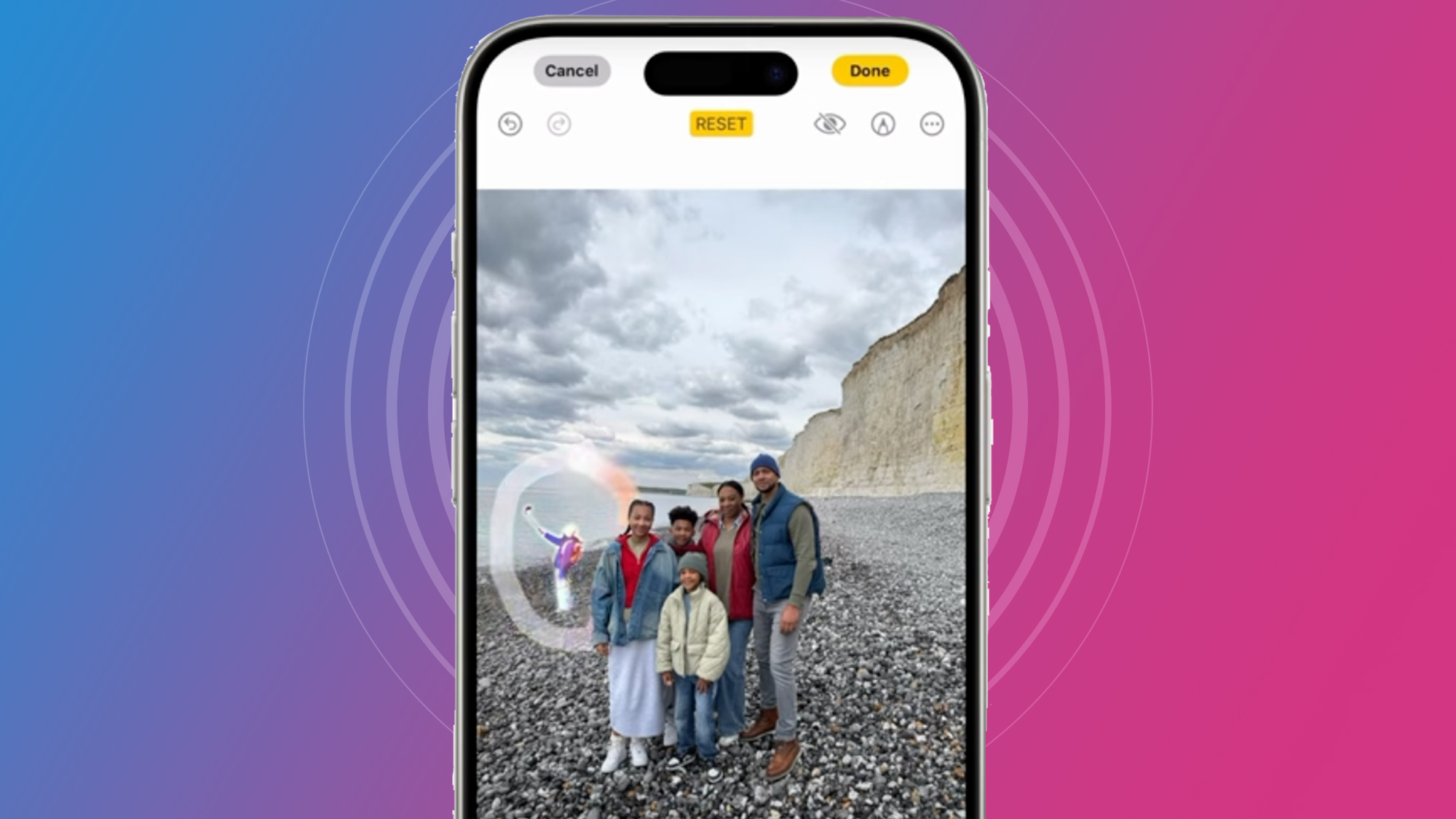
I mostly edit photos using Lightroom Classic or the Lightroom app on iOS, the latter of which received its equivalent of Google’s “Magic Eraser” tool back in May. But now that Apple is getting into the AI-powered photo editing game with tools like Clean Up, I want to make sure my next iPhone is future-proofed (to some extent) for similar iOS innovations — and it looks like that will be the case with the iPhone 16 Pro.
The latest iPhone 16 spec predictions suggest that while all models in the series will have 8GB of RAM, the Pro models will have a new A18 Pro chip (up from the standard A18 chip in the iPhone 16). It’s not yet clear exactly what it will be capable of, but the latest rumors point to it having a more powerful GPU, which would be particularly useful for gaming and, yes, computational photography.
The reason this is important for Apple's Apple Intelligence tools like Clean Up is because it prefers to run them on the device rather than, like Adobe, through the cloud. I might still use Lightroom for editing, but if I'm offline, Apple Intelligence features could become useful photo backups for quick edits.
There’s already talk that next year’s iPhone 17 Pro Max could get exclusive Apple Intelligence upgrades, so I’m not holding out any hopes that the 16 Pro will be able to handle all of Apple’s best AI features in the future. But it’s certainly more future-proofed than the poor iPhone 15, which is already excluded from the AI party due to its 6GB of memory.
That extra processing power could also help improve non-AI features like Apple's Cinematic Mode for video, which has been slowly improving over the years (despite its depth mapping flaws).
5. New coating for camera lenses
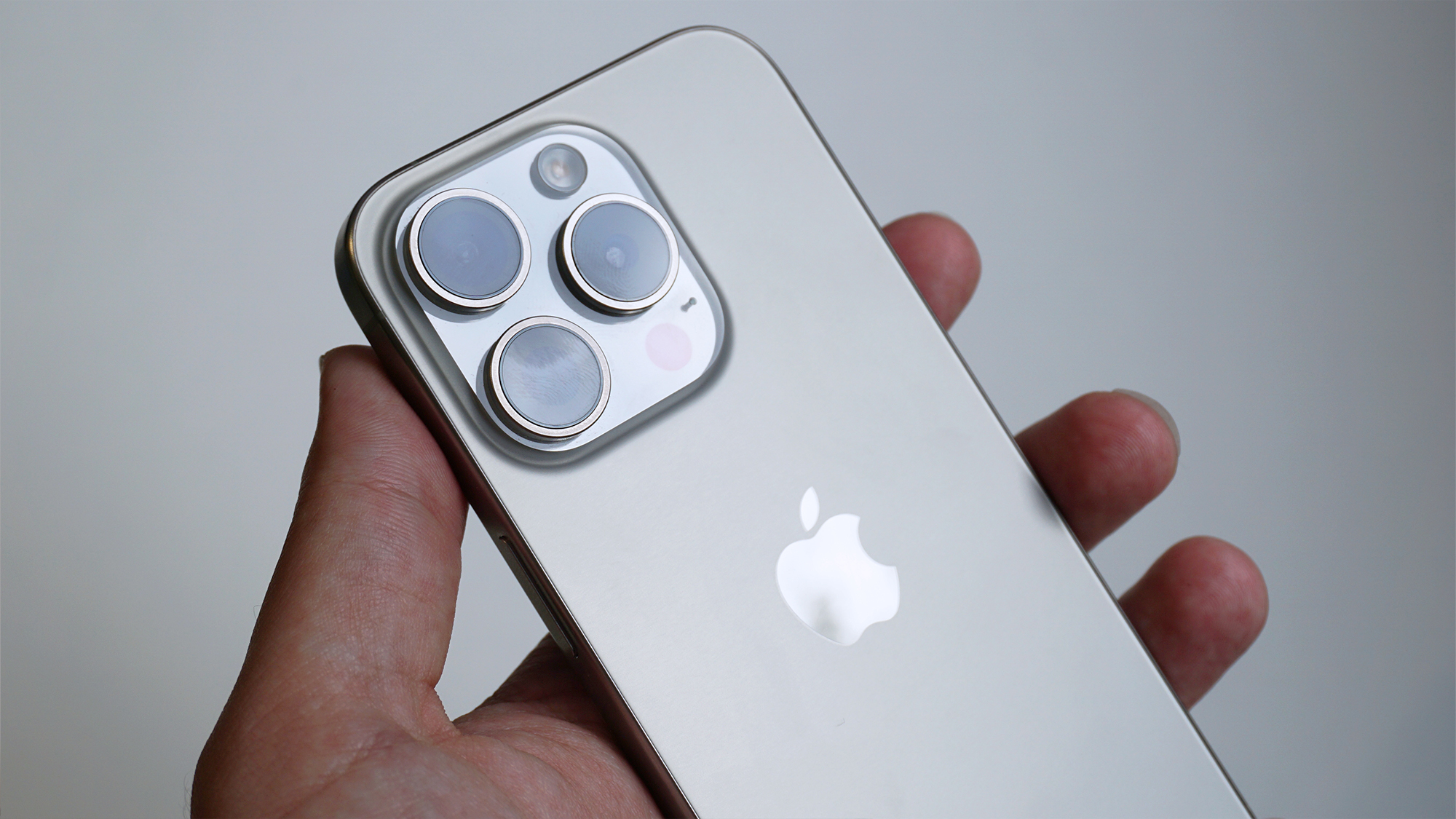
- The rumor: iPhone 16 Pro series will have a new lens coating to reduce artifacts
One obvious truth with traditional cameras is that lenses will make a bigger difference to your photography than new camera bodies, which is why I'm also pleased to hear rumors that Apple may be addressing a long-standing lens issue in the iPhone 16 Pro series.
According to a well-known Apple tipster, a new camera lens coating (using a technique called atomic layer deposition or ALD) is being used on the iPhone 16 Pro models to help reduce artifacts like flare and halos, which are quite common in iPhone photos.
I don't pretend to understand the details of that particular manufacturing process, but if it's true, it would be a useful quality-of-life improvement for the iPhone 16 Pro's cameras. In theory, it should also help reduce ghosting on fast-moving objects.
Final thoughts
If the iPhone 16 Pro has most of these rumored features, I'll almost certainly upgrade and start taking iPhone 16 pre-orders on September 13 (when they're rumored to start).
Even if its main camera remains the same with a 48MP Quad Bayer sensor and f/1.8 aperture, a new 48MP ultra-wide and 5x telephoto would be huge hardware improvements, and I like the sound of the capture button, too. Combine that with the power and future-proofing of the rumored A18 Pro chip, and the iPhone 16 Pro is shaping up to be a great pocket camera.
Apple may be falling behind Google when it comes to AI-powered features like Add Me and Reimagine, but as a photography traditionalist, that doesn’t bother me too much. iOS has always had the best camera apps, so most of the gaps can be filled with third-party software, and there’s also the potential to dabble in spatial photos and videos, which is, in my opinion, more exciting than AI-generated photography.

